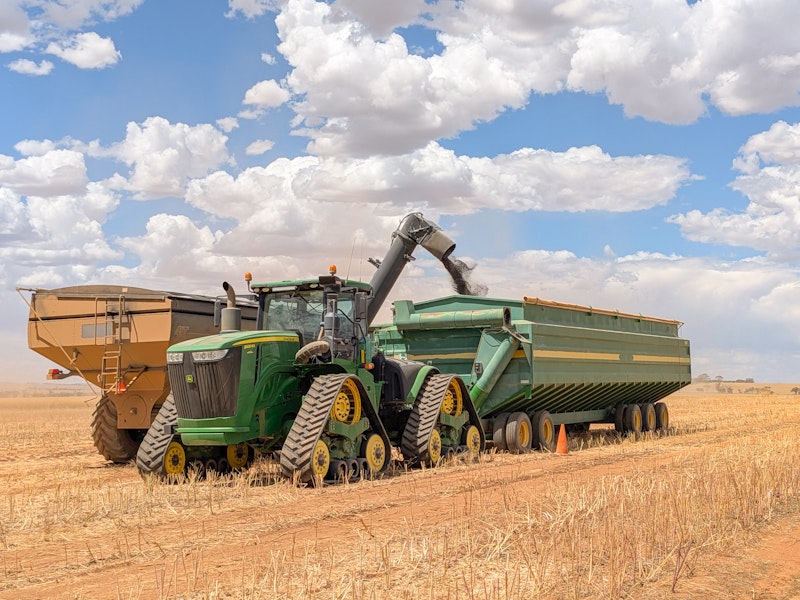“Ag data is no longer a nice-to-have.” This phrase has been repeated so often over the past decade that it has faded into background noise: “Make sure you collect as much data as possible on your farm!” Yet what we consistently hear is that only certain pieces of this data end up informing decision-making. So will the need to capture more data remain on the “to-do” list, or will it move to the “must-do” column for 2026?
I recently met with several growers on New Zealand's South Island, and one of them told me his goal is to “start adding more data to his decision engine instead of just adding it to his digital filing cabinet.” Rather than treating all data as a “nice-to-have” that should be stored just in case, he focuses on data that can genuinely inform decisions. I'm sure many growers take the same approach, but the way he described it struck a chord and made me reflect further: growers feel pressure to collect more data, but is that data being used to fuel the right decision engines?
Breaking out of the data-rich, insight-poor status quo isn't easy. It requires aligning data flows with the decisions that actually matter — for example, determining where, when, and how inputs are being applied. Combining as many layers of data as possible yields stronger insights and better decisions, but achieving this is often easier said than done.

I've met many growers in 2025 who now recognize that no silver bullet exists. If you're waiting for a magical AI chatbot that tells you exactly what to do and when, you'll likely be waiting a long time. What growers have realized is that if you get the basics right and collect as much field-level data as possible in a structured way, you create a geo-referenced dataset that will be ready to power your decision engine in the future.
AI will undoubtedly play an important role in combining large datasets and distilling them into key observations that support better decision-making. In 2026, we'll see continued growth in both AI offerings and adoption — just as we have over the past year. And when I think about large datasets, it's not just field-level information that matters. Consider chemical input labels: with thousands of products available, how can you be sure you're using the best product, at the right rate, with the appropriate application method for your situation? And if you put on your agronomist hat — have you read every detail of every label for the products you recommend daily?
It may seem like a basic application of AI, but imagine this: growers and advisors preparing to recommend or apply a product receive AI-generated notifications with the top five most important pieces of information from the product label — tailored to location, timing, crop stage, and other factors. I'm convinced this alone could improve at least some, if not most, application decisions.
So what's on my 2026 bingo card? For farmers, the focus on collecting farm data will remain, but will increasingly shift toward ensuring that the data collected is structured and AI-ready — capable of being integrated into much larger datasets in the future. At the same time, we'll see technology providers deliver more “common sense” AI use cases where value can be added right now. Instead of concentrating solely on revolutionary 5- or 10-year visions that promise to transform how we work, businesses will begin integrating AI into everyday processes — distilling information so humans can easily identify what matters and make more informed decisions.
Chasing long-term transformation remains essential, but today's business pressures demand a balance between long-term goals and short-term improvements that support the viability of agricultural enterprises. And while AI may not make decisions for us — at least not yet — it can certainly help us make better decisions ourselves.
This article originally appeared on The Global AgTech Initiative





